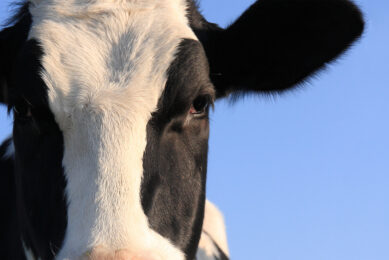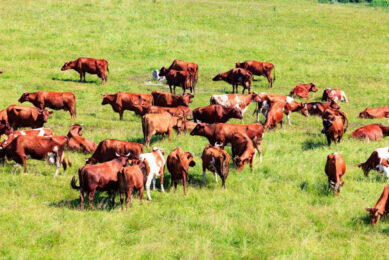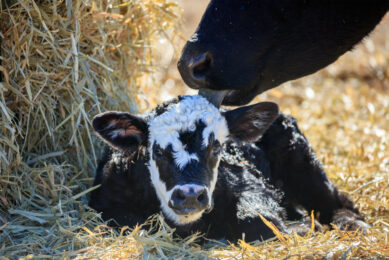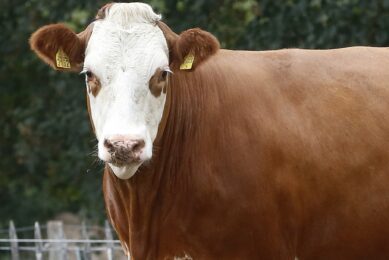Interest in dairy-beef crossing grows in N. America and Europe
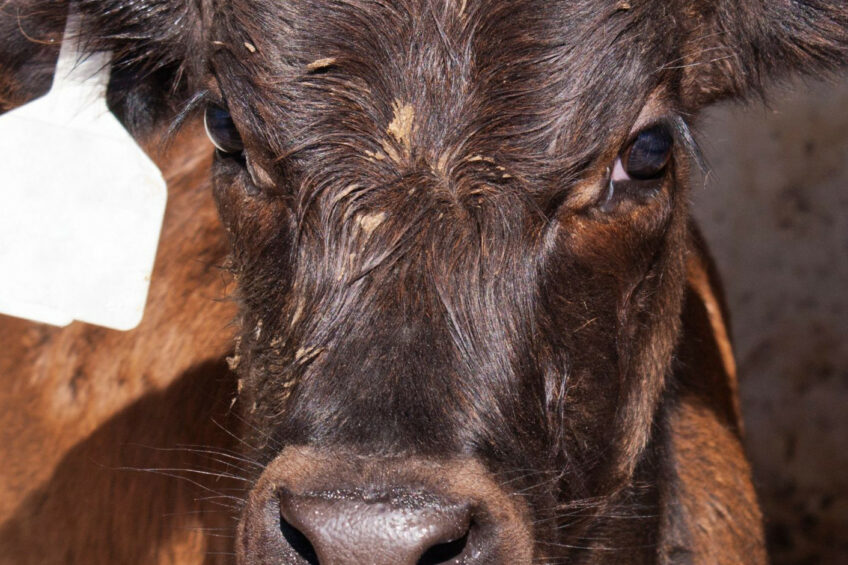
There is a great deal of global excitement around dairy-beef crossing, with one US industry media report recently stating that this “has revolutionised the US cattle industry, shored up dwindling fed-beef cattle supplies, and added considerable black ink to the bottom lines of dairies”.
This summer in the US, the price of some newborn crossed calves reached more than US$1,000 each, which is US$200-US$400 higher than normal. However, Dr Lee Schulz, extension livestock economist at Iowa State University, recently wrote a column noting that crossed adult cows at slaughter are perceived as lower-quality than beef, and therefore bring a lower price at auction.
Having examined US Department of Agriculture data, he notes that so far in 2024, dairy-beef steers and dairy steers (compared with beef steers) fetch about US$10 and US$30 less per hundred pounds.
Veterinarian and US dairy software company owner Dr Steve Eicker has also recently noted that due to the crossing trend, heifers are now in very short supply in the US, resulting in US dairy farmers keeping cows longer, which bring in less income at slaughter due to lower meat quality. This also means that US milk production is dropping because, as Eicker has stated, “we have far too many low-producing cows that we cannot replace”.
Other benefits of crossing
On the environmental front, in a new report on dairy-beef crossing published by Purina Animal Nutrition and other partners, Dr Sara Place of Colorado State University asserts that from a sustainability perspective, there is “an opportunity for dairy-beef crossbred cattle to really shine”.
That is, with crossbreeding, the dairy cow produces milk for human consumption while also providing a calf to enter the beef system for meat. “While methane is still being created, the emissions are spread out across more units of human foods,” explains Dr Place, “which has the potential to result in a system with a lower carbon footprint.”
She also notes that when compared to traditional Holstein genetics entering the meat system, dairy-beef animals have shown higher efficiency of gain and better meat quality.
Insight from Denmark
On that note, in a brand new study, Danish scientists have compared meat quality between hundreds of Danish Blue-Holstein cross heifer and bull calves, and highly-marbled Holstein cows to determine the potential for breeding higher meat quality in dairy crossbreeds. They found that crossbred bull calves outperformed heifers in carcass characteristics, while crossbred heifers were superior in redness, cooking loss, intermuscular fat percentage and other parameters.
The team concludes: “Meat quality can be improved through selective breeding. The meat quality of highly-marbled Holstein cows did not vary across parities, highlighting them as an under-utilized potential source of high-quality beef from a beef-on-dairy system.”
Join 13,000+ subscribers
Subscribe to our newsletter to stay updated about all the need-to-know content in the dairy sector, two times a week.



